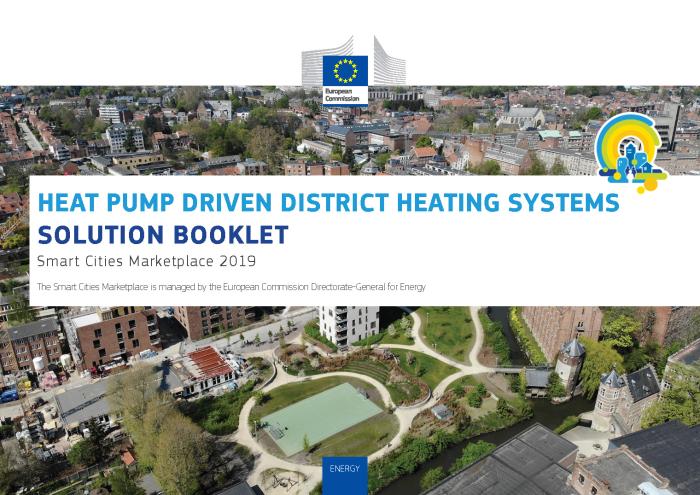
Details
Solution type
In Europe, heating of buildings is one of the biggest sources of CO2 emissions. After lowering the heating demand of buildings, heat pumps are a promising technology in the transition towards climate neutral cities and improved air quality.
Heat pumps use an amount of “free” renewable energy, i.e. thermal energy available in the outside air, the ground or water. Heat pumps need a small amount of energy to turn the free thermal energy into energy at useful temperature levels. The ratio of useful energy delivered to electrical energy needed is called Coefficient of Performance (COP). The factor depends mainly on the temperature difference between the free outside source and the required temperature for heating: the larger that difference, the more electrical energy is needed. Heat pumps can deliver both heating and cooling.
There are many different types of heat pumps that could be used, but they all have in common that they need a low temperature heat source. While some of these heat sources can be very interesting with regards to temperature or amount of energy available, they can be expensive to get access to. In this case, it can be interesting to use this heat source to feed a large scale heat pump or several smaller scale heat pumps all supporting or driving an overall district level heating system. This way, the low temperature heat source can be used in an optimal way and costs can be spread out over multiple users.
Depending on the design of the network and the selected temperature levels, (passive or active) cooling can be delivered to the end-consumers as well.
